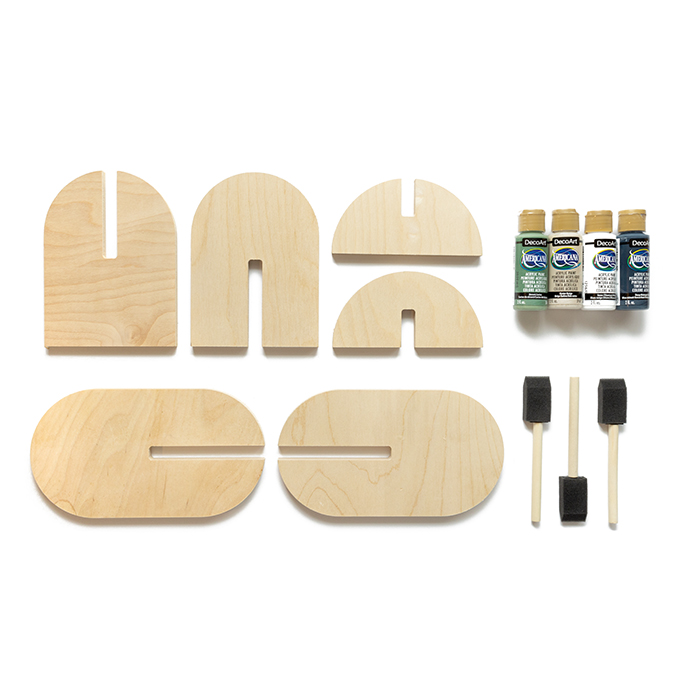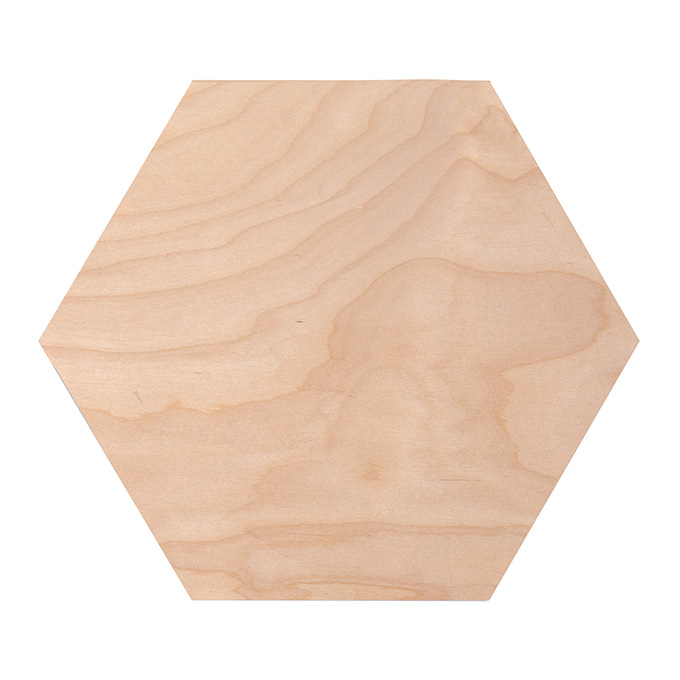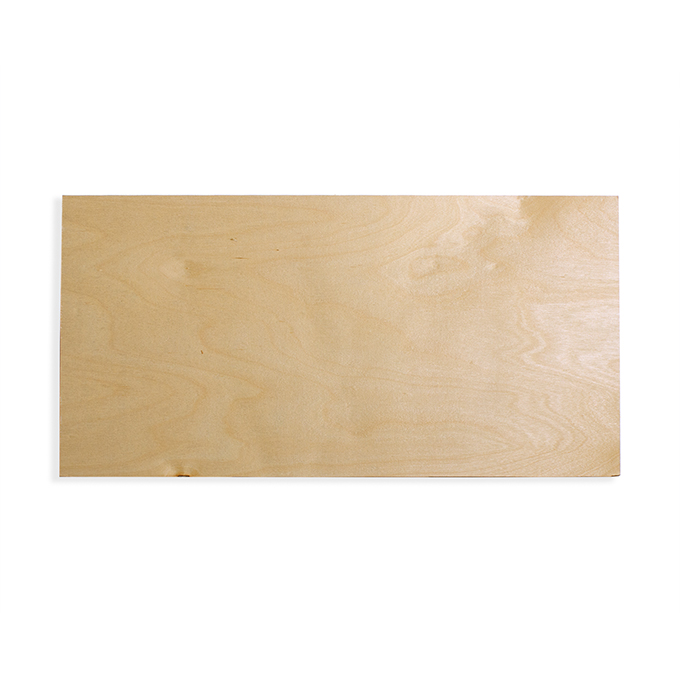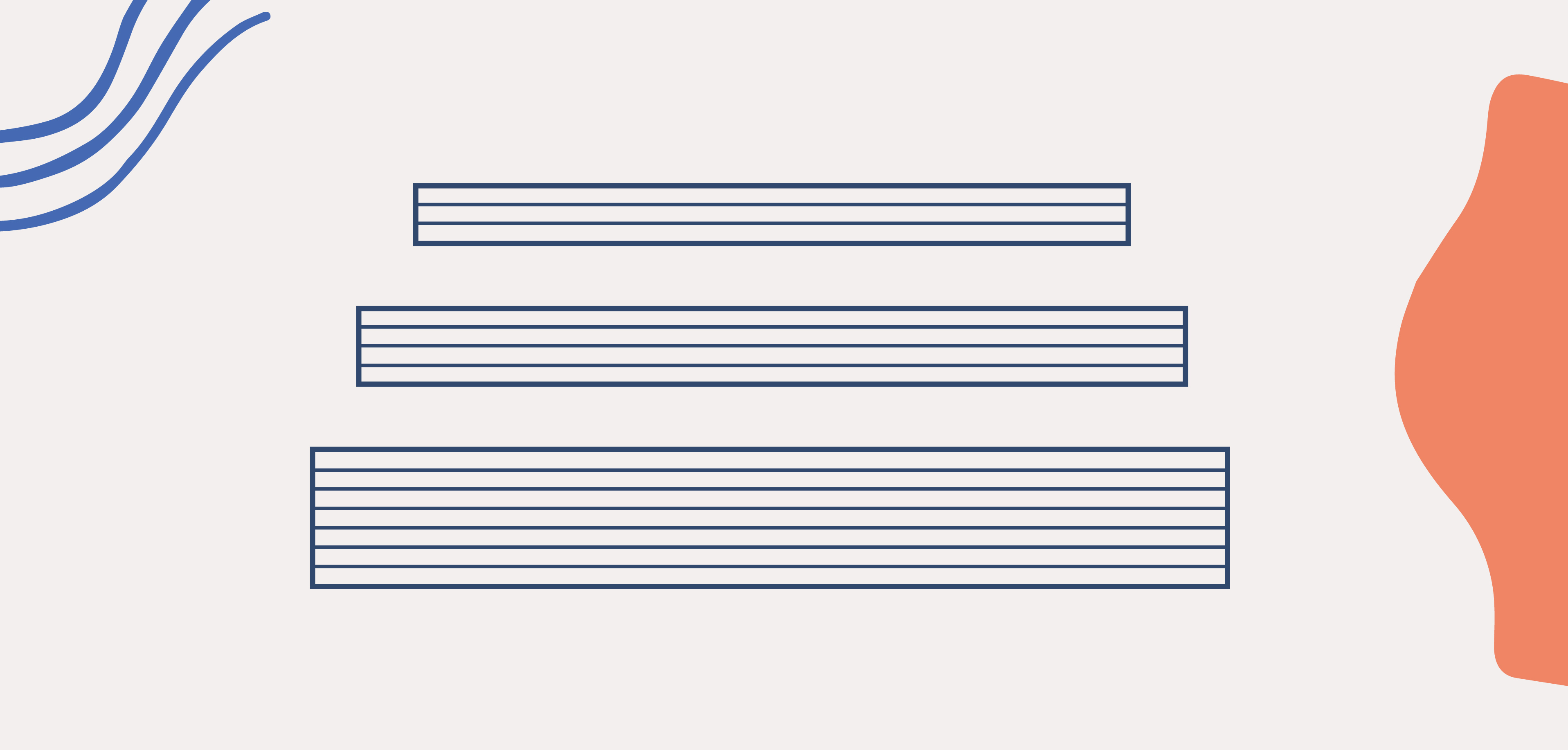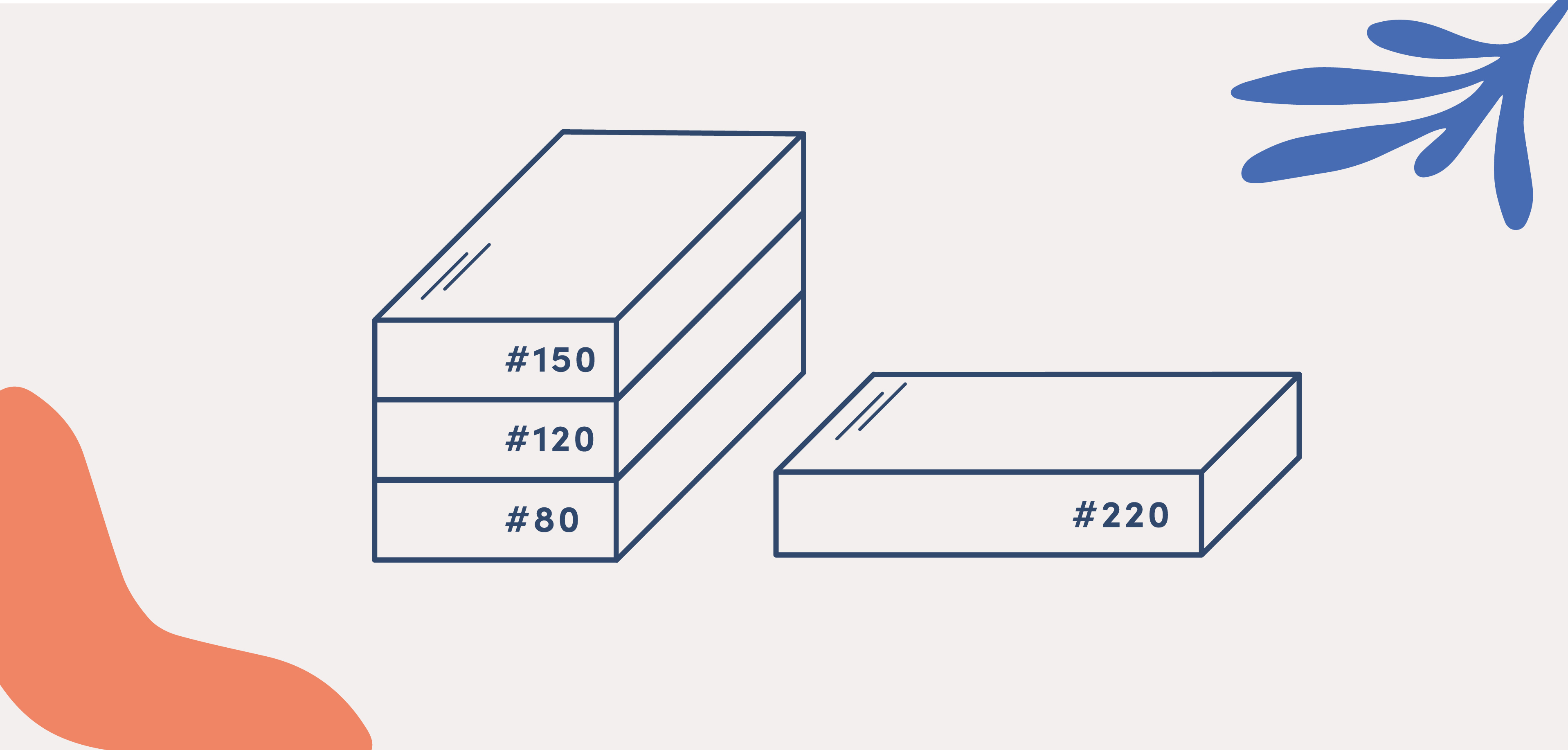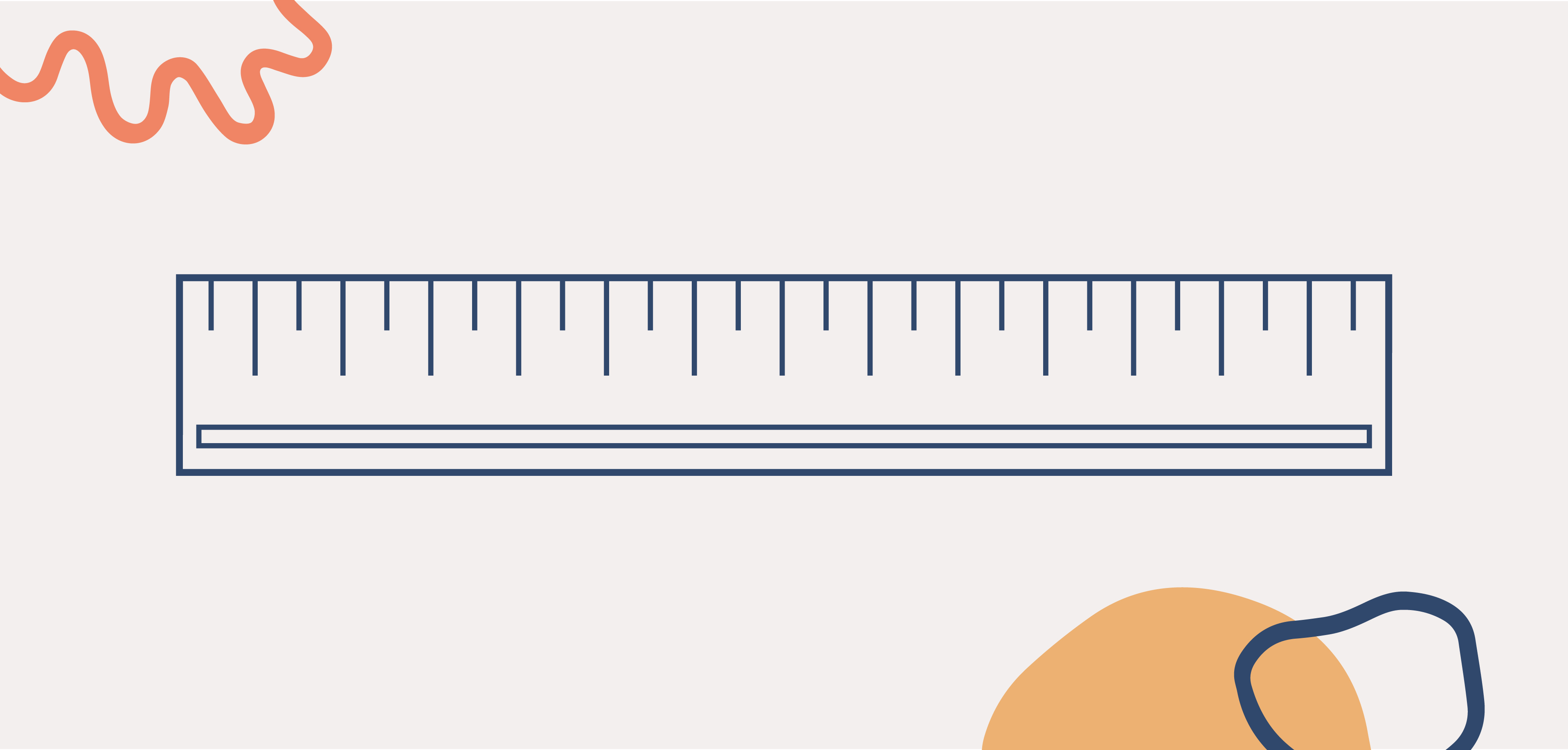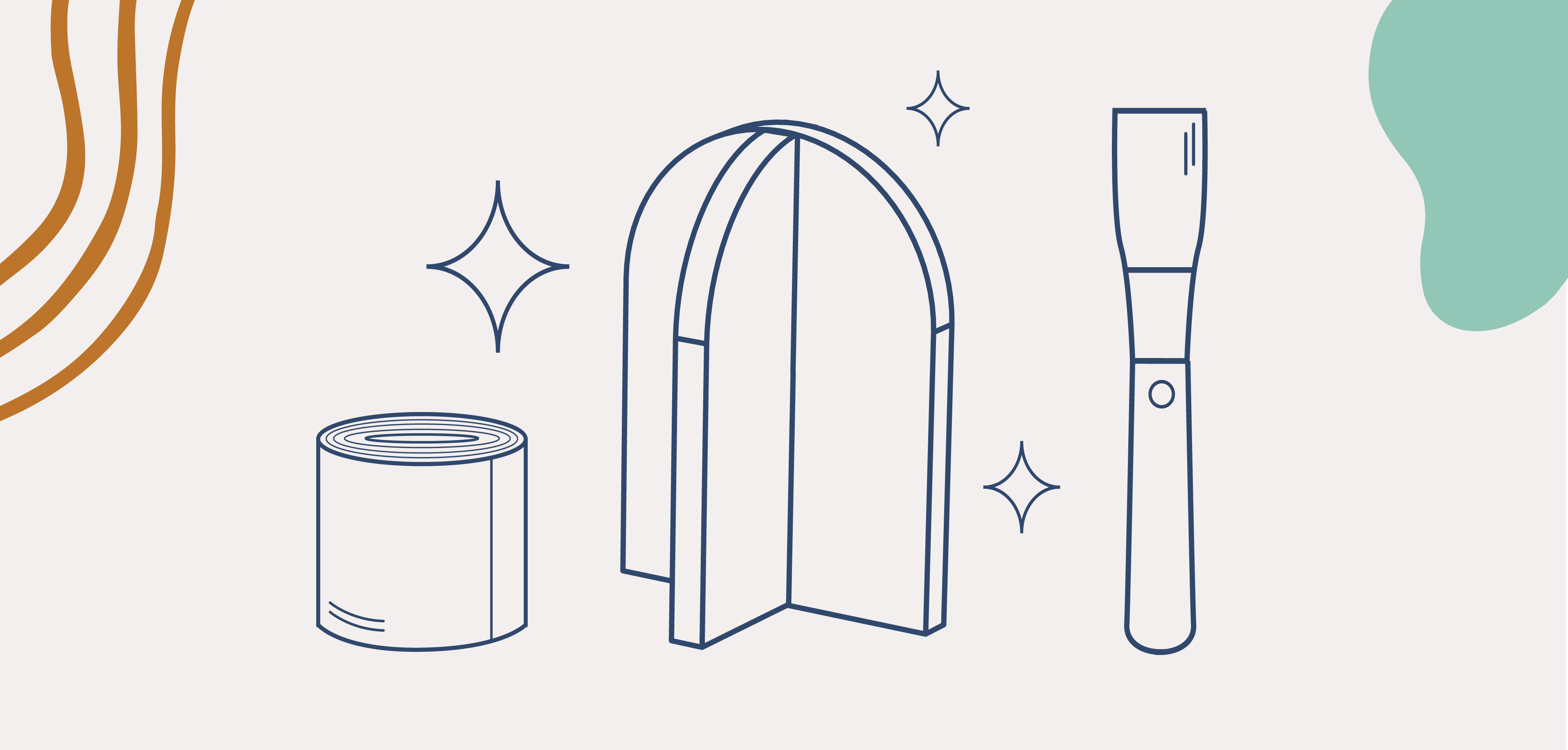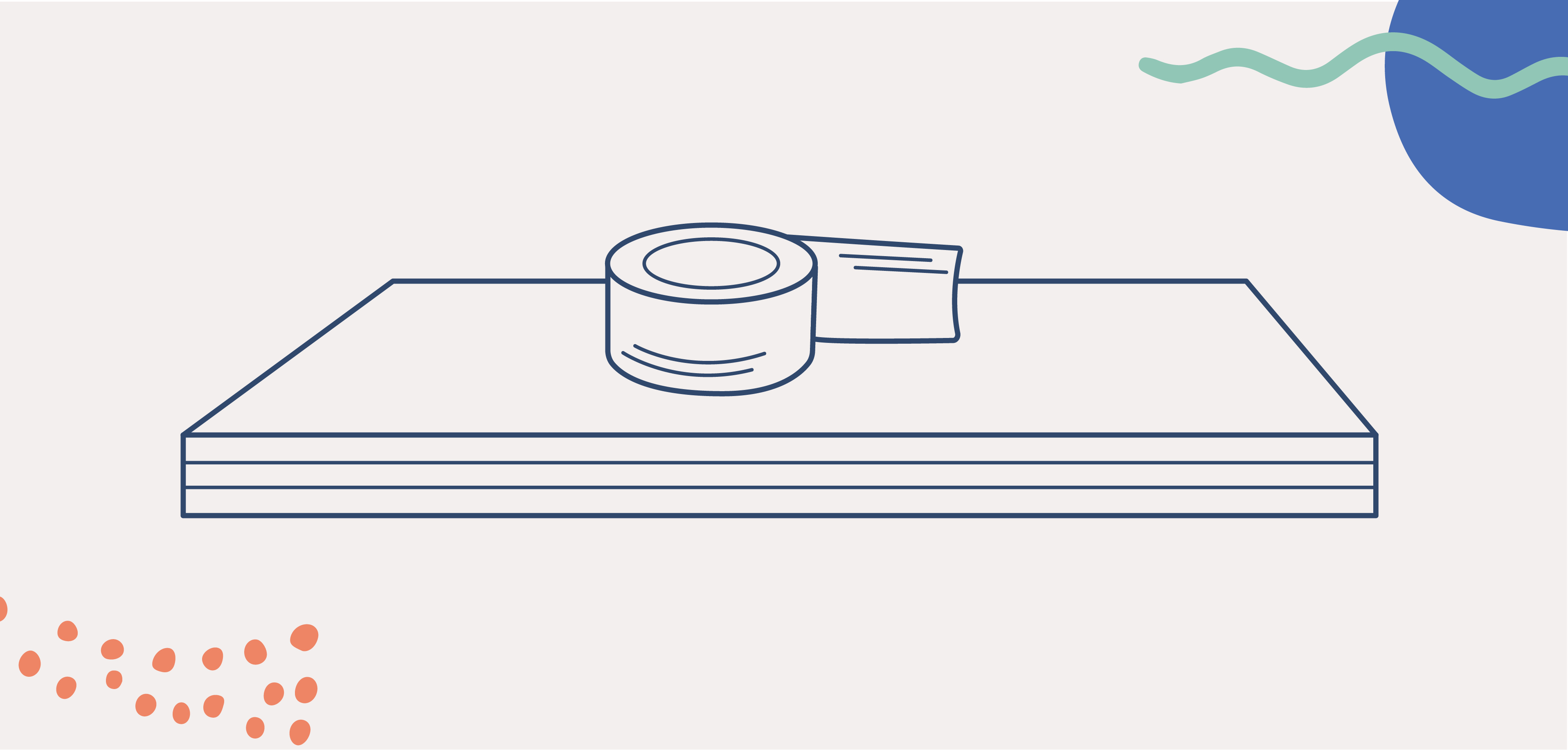
What is a Plywood Project Panel?
Posted 10/20/2022 by The Handprint Team

Most makers agree that the vocabulary around wood craft panels is confusing. One minute it's too technical and over-complicated; the next it's too antiquated or vague.
Take the term plywood. Some people use it generically to refer to almost any project panel wood from particleboard to OSB, while others use it only when they literally mean a plied, veneer-core panel.
We use the term plywood panel to refer to the latter -- any panel made by stacking, gluing, and pressing multiple layers (plies) of thin wood sheets (veneers) into an incredibly strong, versatile, craftable wood surface.
Anatomy of a Plywood Project Panel
Plywood panels have three types of veneers: face, back, and core.
The face and back (the outermost layers) are made from whatever species is in the name, like birch, maple, or oak.
Handprint's project wood panels have core veneers (inner plies) made from a combination of hardwoods and softwoods that vary by region. Typically spruce, pine, or fir (SPF) in the western US and Canada, poplar in the east, and aspen in the north and northeast.
Tips:
A cordless power drill and a screwdriver (manual, electric, or power) will all fasten a screw. But for predrilling holes and driving screws, pick a drill driver with a variable speed. High is for drilling, low is for screwing.
Retailers refer to plywood project panels in different ways. When shopping for your project, your retailer may call these panels Cut-to-Size, Convenient Cuts, Handy Panels, or simply Project Panels.

